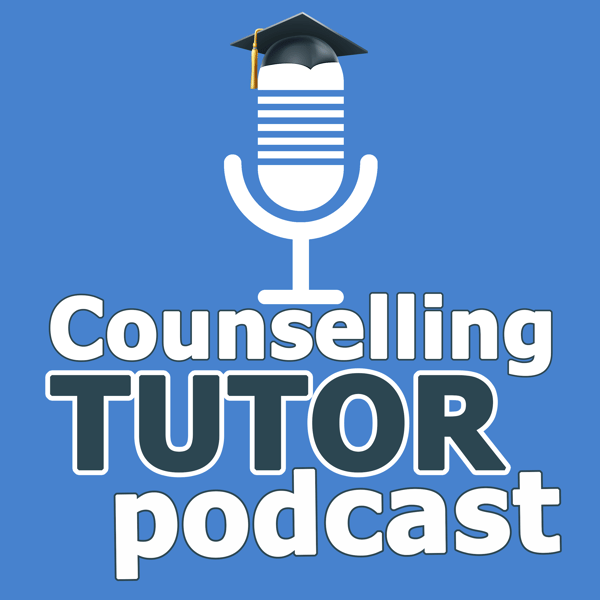102 – How to End a Counselling Session
Counselling Tutor
Ken Kelly and Rory Lees-Oakes
4.6 • 636 Ratings
🗓️ 9 February 2019
⏱️ 25 minutes
🧾️ Download transcript
Summary
Transcript
Click on a timestamp to play from that location
| 0:00.0 | Welcome to the Counseling Tutor podcast. |
| 0:04.4 | The must listen to podcast for students of counselling and psychotherapy. |
| 0:10.6 | Here are your hosts, Rory Lise Oakes and Ken Kelly. |
| 0:15.8 | Hi, I'm Rory and with me, as always, is my partner in everything therapeutic. |
| 0:22.4 | Ken, how you doing, Ken? |
| 0:29.7 | I am exceptionally well. This is episode 102, 102 of the counselling tutor podcast, and it is a great episode that we have today. I've been looking over the topics, Rory, and these are all |
| 0:34.6 | heavy hitters, I believe. We're going to be starting off speaking about |
| 0:37.6 | how you explain your modality, the modality that you practice to a client, or whether you should, |
| 0:43.9 | in fact, explain your modality to a client. That's what we're going to be starting off with. |
| 0:47.7 | Then practice matters today, Rory, you're going to be dipping your toe into something that I believe is covered very shallowly when we do our counselling training, |
| 0:55.6 | and that is endings in counselling, or as you put it, the art of the ending in counselling. |
| 1:01.3 | Yes, I'm going to be talking about how you end a session, and I've just delivered a lecture |
| 1:05.7 | in the counselling study resource on the use of structuring counselling skills, |
| 1:11.1 | and this is just a little taste, a little song of that lecture. |
| 1:16.3 | I'm going to be talking about how to end a counseling skills session. |
| 1:20.2 | And there's some of the things that might come up. |
| 1:22.1 | And of course, I've got a super duper handout, Ken, to help people. |
| 1:26.3 | A bit of a checklist to help people develop that art. |
| 1:29.9 | And it is an art of ending a session. |
| 1:33.4 | Well, you're going to want to stay tuned for that one. |
| 1:35.4 | And we're going to be ending episode 102, asking the question, what do we do when a client |
| 1:41.9 | directly looks us in the eyes and asks us, what should I do? Or they ask us |
... |
Please login to see the full transcript.
Disclaimer: The podcast and artwork embedded on this page are from Ken Kelly and Rory Lees-Oakes, and are the property of its owner and not affiliated with or endorsed by Tapesearch.
Generated transcripts are the property of Ken Kelly and Rory Lees-Oakes and are distributed freely under the Fair Use doctrine. Transcripts generated by Tapesearch are not guaranteed to be accurate.
Copyright © Tapesearch 2025.

